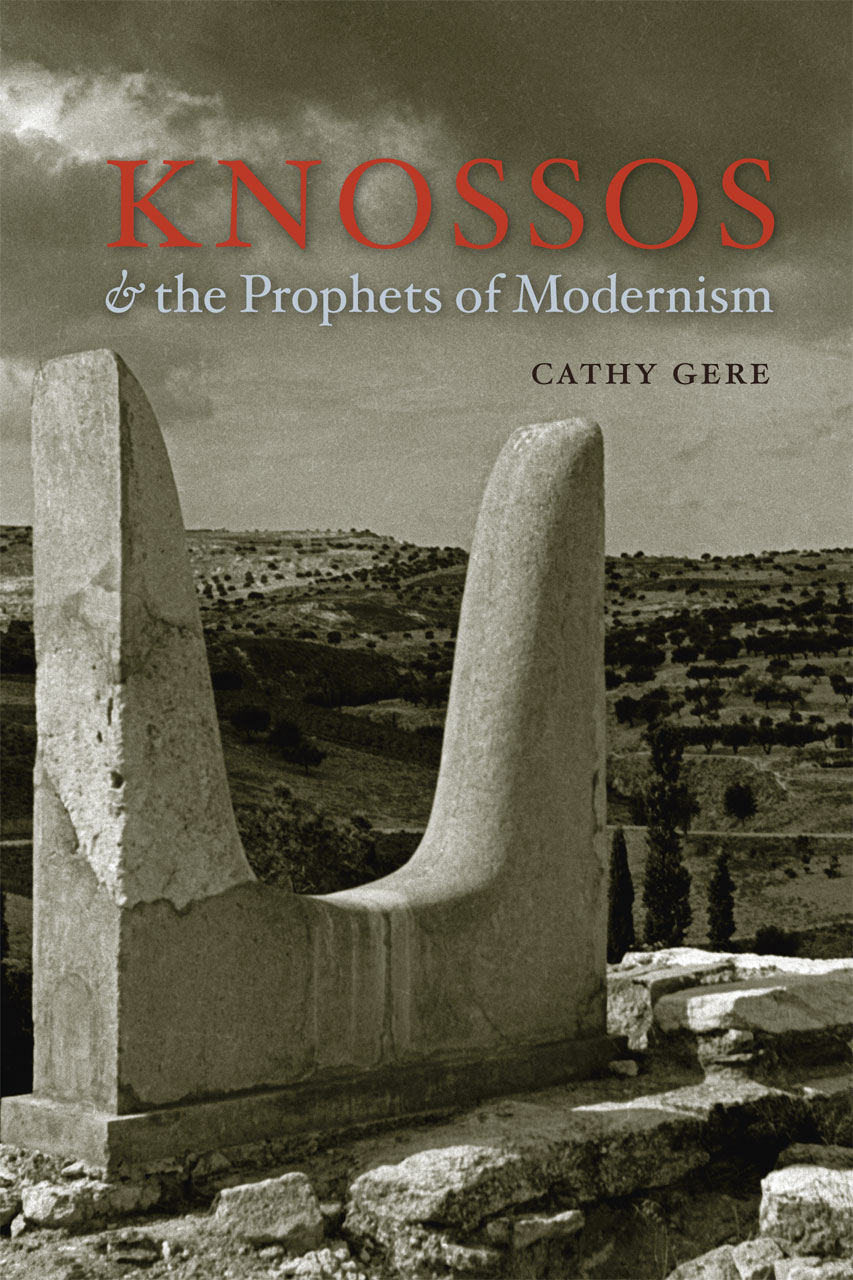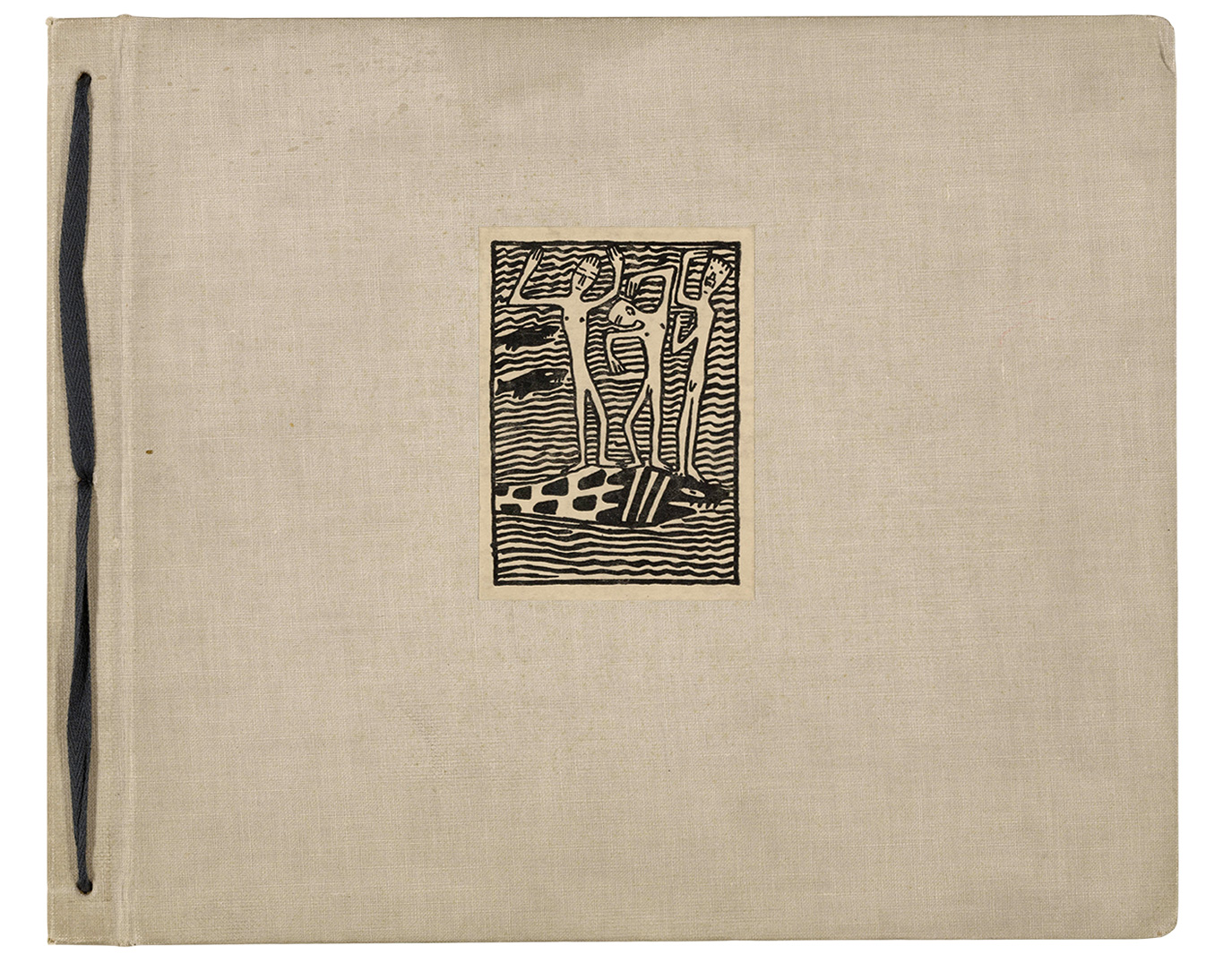Friedrich Kittler: The Truth of the Technological World: Essays on the Genealogy of Presence (2013–) [DE, EN]
Filed under book | Tags: · antiquity, computing, cybernetics, film, information theory, literary theory, literature, media, media technology, media theory, noise, philosophy, psychoanalysis, software, sound recording, technology, telegraphy, theory, typewriter, war, writing

“Few German scholars in the past 50 years have had such a lasting impact on the cultural situation of our time, including its academic institutions, as Friedrich Kittler. It is in large part due to his writings that the radio, the gramophone, and the computer are not just objects of cultural fascination, but also of philosophical reflection.
This volume contains a collection of essays written by Kittler over the course of 40 years which serve as a testament to the enormous breadth, intensity, and the singular creativity of his thought.”
German edition
Edited and with an Afterword by Hans Ulrich Gumbrecht
Publisher Suhrkamp, Berlin, 2013
ISBN 9783518732984
432 pages
English edition
Translated by Erik Butler
Publisher Stanford University Press, 2014
ISBN 9780804792622
400 pages
Reviews: Oliver Jahraus (zfm, 2014), Stavros Arabatzis (Weimarer Beiträge, 2014).
Publisher (DE)
Publisher (EN)
Worldcat (DE)
Worldcat (EN)
Die Wahrheit der technischen Welt (German, EPUB, updated on 2019-11-2)
The Truth of the Technological World (English, updated on 2019-11-2)
Cathy Gere: Knossos and the Prophets of Modernism (2009)
Filed under book | Tags: · antiquity, archaeology, art, femininity, literature, modernism, philosophy, psychoanalysis, racism

“In the spring of 1900, British archaeologist Arthur Evans began to excavate the palace of Knossos on Crete, bringing ancient Greek legends to life just as a new century dawned amid far-reaching questions about human history, art, and culture. With Knossos and the Prophets of Modernism, Cathy Gere relates the fascinating story of Evans’s excavation and its long-term effects on Western culture. After the World War I left the Enlightenment dream in tatters, the lost paradise that Evans offered in the concrete labyrinth—pacifist and matriarchal, pagan and cosmic—seemed to offer a new way forward for writers, artists, and thinkers such as Sigmund Freud, James Joyce, Giorgio de Chirico, Robert Graves, and Hilda Doolittle.
Assembling a brilliant, talented, and eccentric cast at a moment of tremendous intellectual vitality and wrenching change, Cathy Gere paints a portrait of the age of concrete and the birth of modernism.”
Publisher University Of Chicago Press, 2009
ISBN 0226289532, 9780226289533
277 pages
Reviews: Nicoletta Momigliano (Bryn Mawr Classical Review, 2009), Mary Beard (The New York Review of Books, 2009), Nanno Marinatos (American Journal of Archaeology, 2010), Marnin Young (NonSite, 2011).
Comment (0)Oskar Kokoschka: Die träumenden Knaben / The Dreaming Youths (1908/1917) [DE]
Filed under artist publishing, children's book | Tags: · art, dreams, jugendstil, poetry, psychoanalysis, sexuality

“In 1907, Fritz Waerndorfer, the financial backer of the Wiener Werkstätte, the leading design workshop in Vienna, commissioned Oskar Kokoschka, still a student at Vienna’s Kunstgewerbeschule (School of decorative arts), to make an illustrated fairy tale for his children. Kokoschka instead delivered a haunting poem about awakening adolescent sexuality set on far-off islands, away from the modern city and bourgeois life. His carefully composed text alluded to classical and contemporary literature by Johann Wolfgang von Goethe and Viennese writer Peter Altenberg. Kokoschka dedicated the volume to artist Gustav Klimt, from whom he borrowed the square format for the images, which push the text to the margins.
The book debuted at the monumental Kunstschau exhibition in Vienna in 1908. The original printer, who worked with another publisher of a famous series of children’s books, backed out upon seeing Kokoschka’s proofs. The Wiener Werkstätte published the book in 500 copies under its own imprint. As anticipated, the work sold poorly. In 1917, publisher Kurt Wolff, who had befriended the artist, reissued 275 remainder copies.” (Source)
Commentary: Rosa J.H. Berland (Source: Notes in the History of Art, 2008).
First published by Wiener Werkstätte, Vienna, 1908
New edition: Kurt Wolff, Leipzig, 1917
Printer of plates: Albert Berger, Vienna (lithographs)
Printer of plates: August Chwala, Vienna (line block reproductions)
Printer of text: August Chwala, Vienna
Typography: Antiqua (Ver Sacrum [1898], Imperial-Royal Court Foundry Poppelbaum)
10 unnumbered folios, 24 x 29.3 cm
via MOMA
PDF (1917 edition, 12 MB)
Comment (0)
